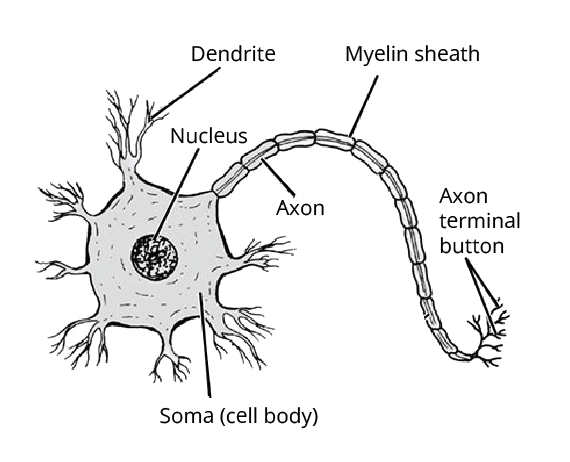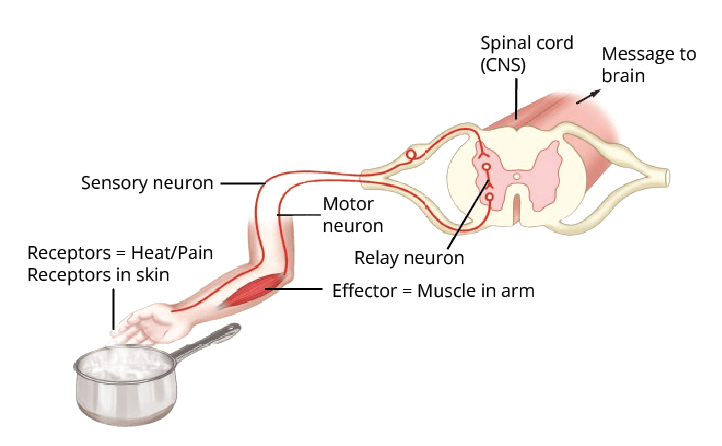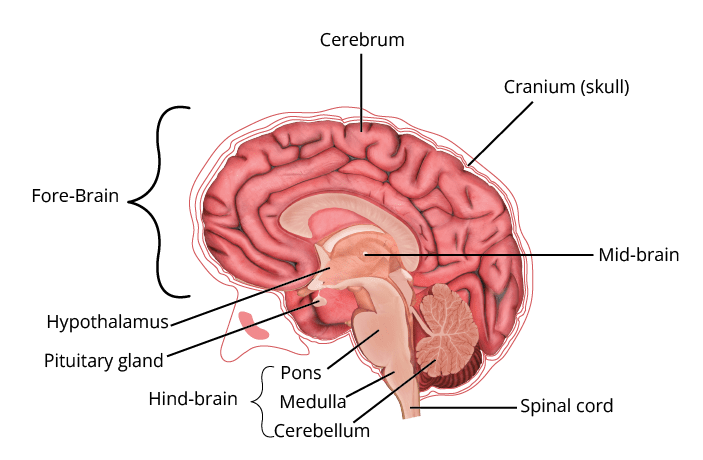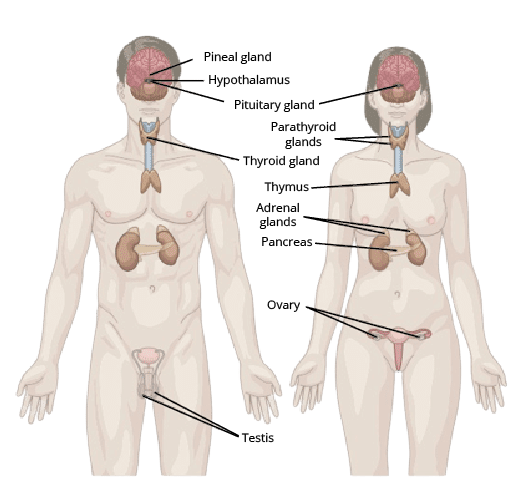Science Notes for Chapter 6 Control and Coordination Class 10 - FREE PDF Download
Control and Coordination Class 10 Science Chapter 6 CBSE Notes - 2025-26
FAQs on Control and Coordination Class 10 Science Chapter 6 CBSE Notes - 2025-26
1. How can a quick summary of Class 10 Control and Coordination notes help in revision?
These notes help by consolidating the entire chapter into key points, making it easier to grasp the connections between the nervous system and the endocrine system. They provide a high-level overview perfect for last-minute revision before an exam, ensuring you recall all major concepts from the CBSE 2025-26 syllabus.
2. What are the key concepts covered in the revision notes for Chapter 6, Control and Coordination?
The revision notes provide a summary of all major topics as per the Class 10 syllabus, including:
- Coordination in animals, covering the nervous system, reflex action, and the human brain.
- Tropic movements in plants in response to stimuli.
- Coordination in plants through hormones like auxins and gibberellins.
- The endocrine system in animals and the functions of key hormones.
3. How do the notes for Class 10 Science Chapter 6 explain the nervous system in animals?
The notes summarise the nervous system by explaining its main components: the Central Nervous System (CNS), consisting of the brain and spinal cord, and the Peripheral Nervous System (PNS). They recap the function of neurons as the structural and functional unit and explain how nerve impulses transmit signals throughout the body for quick responses.
4. What is a reflex arc, and how is it summarised in these revision notes?
A reflex arc is the pathway that a nerve impulse follows during a reflex action. The notes provide a concise summary, outlining the sequence: a receptor detects a stimulus, a sensory neuron sends the signal to the spinal cord, a relay neuron processes it, a motor neuron carries the response command, and an effector (like a muscle) executes the action. This helps in quickly revising the entire process.
5. Why is the coordination in plants different from that in animals, and how do the notes clarify this distinction for quick revision?
The notes clarify that coordination in plants is primarily chemical, using hormones, because they lack a nervous system and muscles. Animal coordination, in contrast, involves both the nervous system for rapid responses and the endocrine (hormonal) system for slower, long-term regulation. This distinction is a key concept for understanding organism-specific responses.
6. Do these revision notes explain why chemical coordination is sometimes considered slower but more widespread than nervous coordination?
Yes, the notes recap this fundamental concept. Nervous coordination is extremely fast but its effect is localised to specific muscles or glands. Chemical coordination via hormones is slower because hormones travel through the bloodstream, but their effect is more widespread and can influence multiple organ systems simultaneously, leading to systemic changes like growth.
7. How do the notes summarise the functions of major parts of the human brain for easy recall?
The revision notes break down the human brain into its three main parts for easy memorisation:
- Fore-brain: Summarised as the centre for thinking, memory, intelligence, and processing sensory information.
- Mid-brain: Recapped as the control centre for involuntary actions and reflexes involving the head, neck, and eyes.
- Hind-brain: Explained as controlling vital functions like breathing, heartbeat (medulla), and maintaining posture and balance (cerebellum).
8. How do these notes break down the difference between nastic and tropic movements in plants for a clearer understanding?
The notes provide a clear, concise distinction. Tropic movements are directional movements that occur in response to a specific stimulus, like a plant stem growing towards light (phototropism). In contrast, nastic movements are non-directional and are independent of the stimulus's direction, such as the folding of leaves of a 'touch-me-not' plant upon being touched.
9. What is the role of the endocrine system, and how is it recapped in the Control and Coordination notes?
The notes recap the endocrine system as a network of ductless glands that secrete chemical messengers called hormones directly into the bloodstream. This system is responsible for regulating long-term processes such as growth, metabolism, and development. Key glands like the pituitary, thyroid, and adrenal glands and their functions are summarised for quick revision.
10. How do the revision notes connect the concept of feedback mechanisms to the regulation of hormone secretion?
The notes explain that hormone levels are regulated by feedback mechanisms to maintain balance (homeostasis). For example, they summarise how high blood sugar triggers the pancreas to release insulin. As insulin lowers the blood sugar, its own production is reduced. This concept of a product regulating its own pathway is a crucial point for understanding hormonal control.




















 Watch Video
Watch Video
























